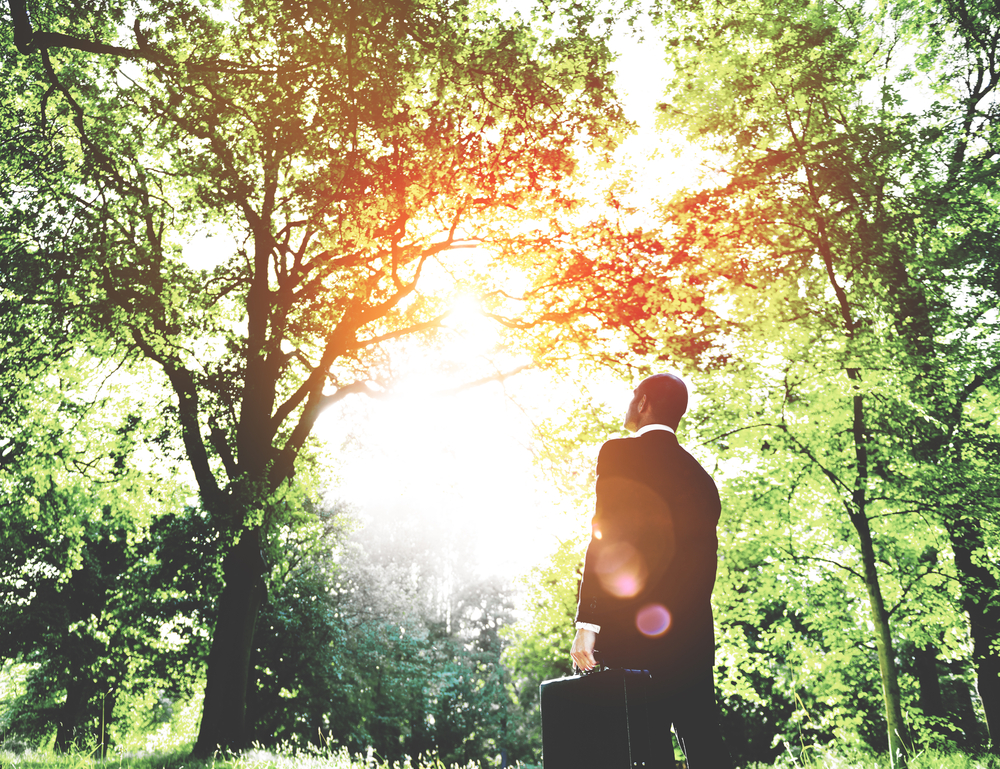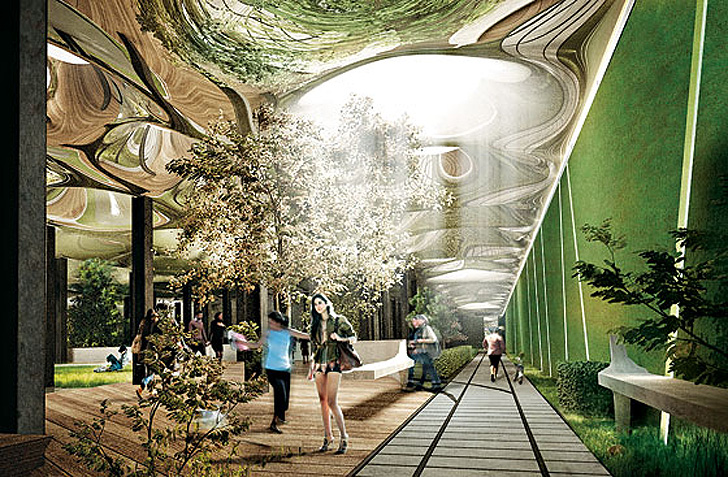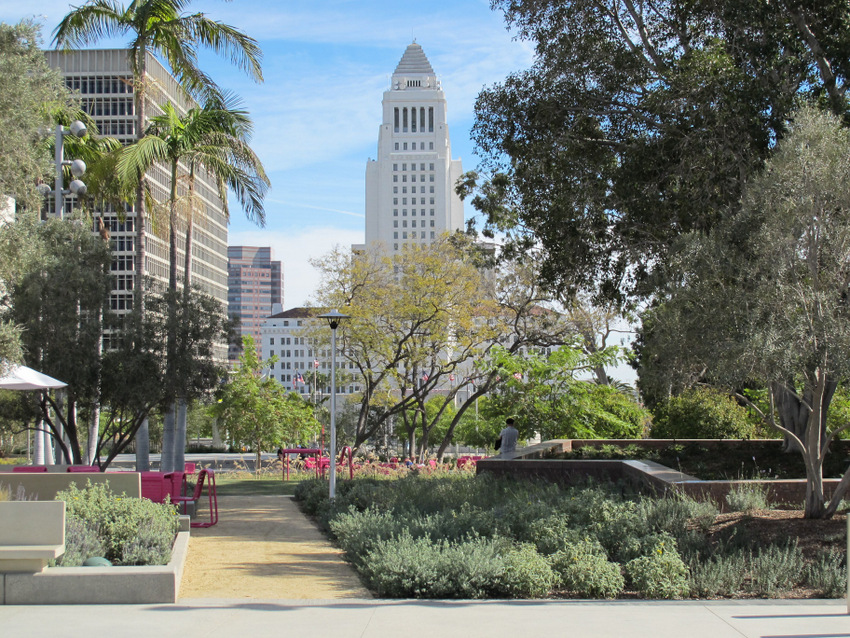Parks and Rec Month
5 ways to Celebrate
July is national Parks and Recreation Month. Rather than simply celebrating the beauty of green spaces—which in itself is worthwhile—the National Recreation and Park Association challenges you “to explore the ‘undiscovered’ roles of local parks and recreation, like science, technology, engineering and math (STEM) programming; senior programs; innovative health and wellness opportunities; community celebrations; outdoor […]





